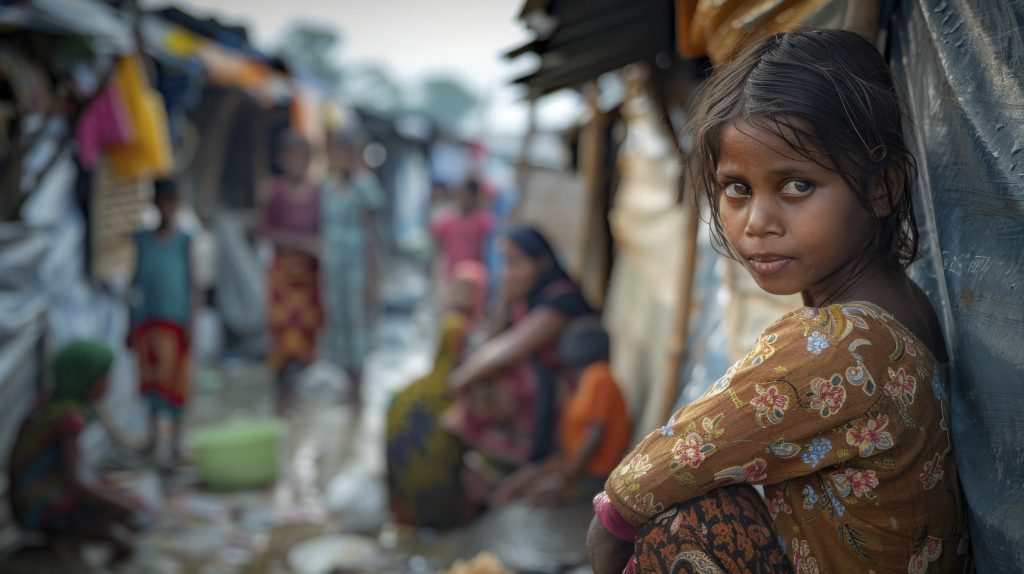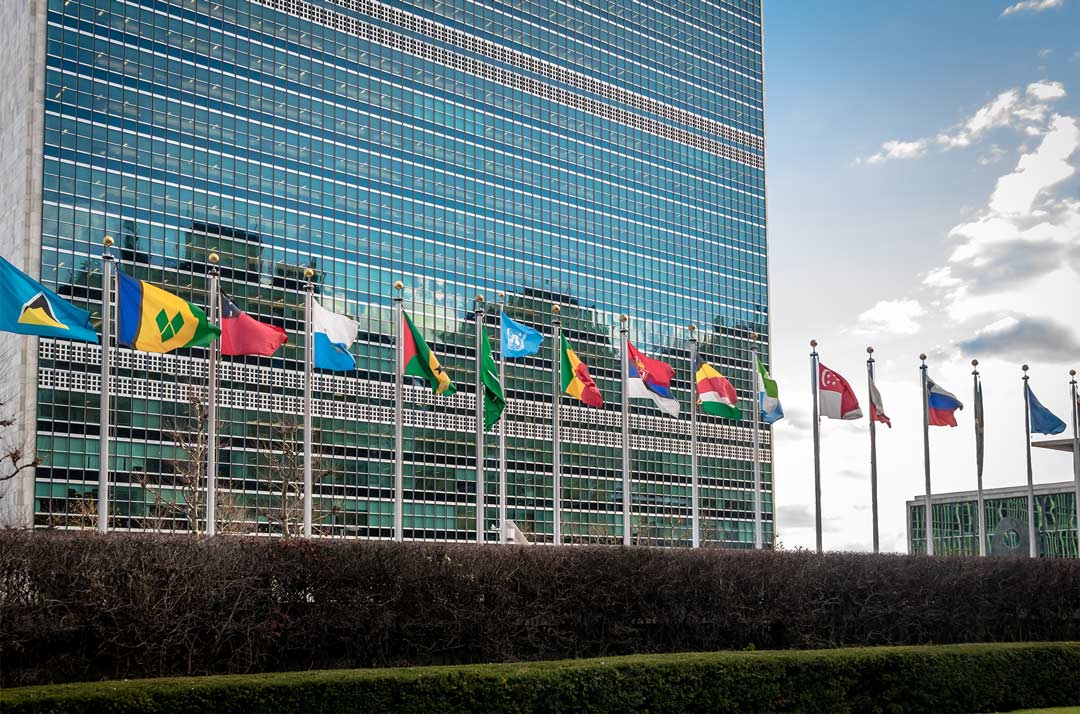by Elijah Nsikak
In the heart of rural communities worldwide, a quiet crisis unfolds daily. From limited access to healthcare services to health disparities, underserved populations face unique challenges often overlooked in broader health discussions. As we launch our campaign, it’s imperative to highlight these issues and understand why immediate action is essential.
The Rural Health Landscape: A Global Perspective
Rural areas are home to approximately 46 million people in the United States alone, accounting for about 15% of the population . Globally, billions reside in rural settings, often with limited access to essential healthcare services. These communities frequently experience higher rates of chronic diseases, mental health issues, and maternal and infant mortality compared to their urban counterparts.
Disparities in Healthcare Access

One of the most pressing issues in rural health is the shortage of healthcare professionals. In the U.S., as of September 2024, 66.33% of Primary Care Health Professional Shortage Areas (HPSAs) were located in rural areas .
India: In Maharashtra’s Jalgaon district, a woman was forced to deliver her baby on the roadside due to the unavailability of ambulance services . This incident highlights the dire state of rural healthcare infrastructure in parts of India.
China: In rural China, David Wei had to carry his nephew on his back for 3 kilometers (1.9 miles) along a rough, under-construction road after the young man suffered a heart attack—while they waited 90 minutes for an ambulance to arrive from the city.
Shortage of healthcare providers means that rural residents travel long distances for medical care, leading to delayed diagnoses and treatment. This barrier is exacerbated by limited transportation options and inadequate infrastructure.
Socioeconomic Factors and Health Outcomes
Disadvantaged communities often grapple with socioeconomic challenges that directly impact health outcomes. Higher poverty rates, lower educational attainment, and limited employment opportunities contribute to poorer health status among rural populations.
These factors also influence lifestyle choices and access to health-promoting resources, leading to higher incidences of obesity, smoking, and physical inactivity. Consequently, residents of rustic areas are at an increased risk for conditions such as heart disease, diabetes, and many more health risks.
The Impact of Hospital Closures

Over the past decade, rural hospitals have been closing at an alarming rate. In the U.S., more than 130 rural hospitals have shut down since 2010, with financial constraints and low patient volumes cited as primary reasons . These closures not only limit access to emergency and specialized care but also have broader economic implications, including job losses and decreased community investment.
The Role of Technology and Telehealth
Telehealth has emerged as a potential solution to bridge the healthcare gap in rural areas. However, the effectiveness of telehealth is contingent on reliable internet access, which remains a significant hurdle. A KFF analysis found that nearly 3 million Americans live in areas lacking both healthcare and reliable high-speed internet, hindering telehealth services.
The Urgency for Policy and Advocacy
Addressing rural health disparities requires concerted efforts from policymakers, healthcare providers, and community organizations. Strategies include incentivizing healthcare professionals to practice in these areas, investing in infrastructure, and tailoring public health initiatives to meet the unique needs of rural populations.
Moreover, incorporating the voices of residents in low-resourced communities policy development ensures that interventions are culturally appropriate and effectively address the specific challenges these communities face.
Join the Movement
Our campaign aims to spotlight the pressing issues in rural health and advocate for sustainable solutions. By raising awareness, sharing stories, and promoting evidence-based policies, we strive to create a more equitable healthcare landscape for all.
We invite you to be part of this movement. Together, we can make a difference.
Read about the $9Bn pledge for global health






One Response